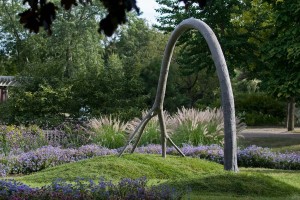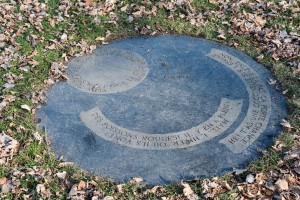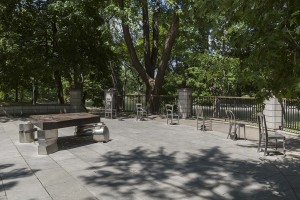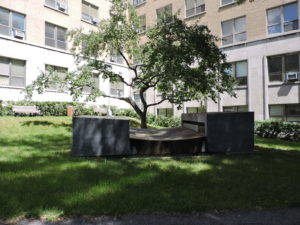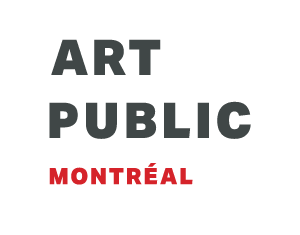
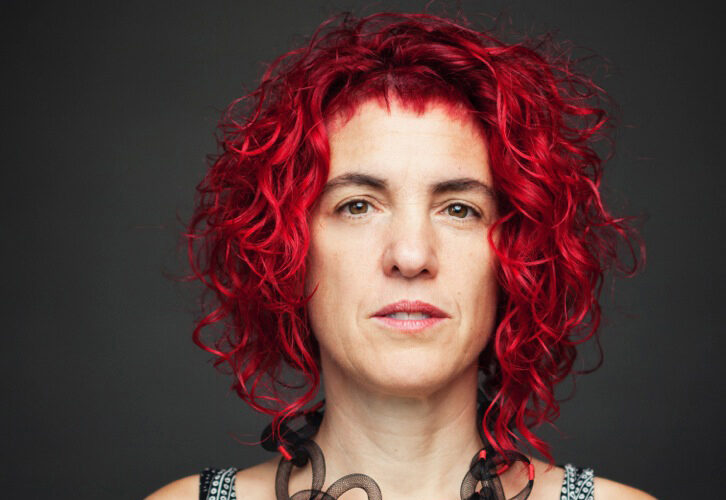
Sylvette Babin
Sylvette Babin has been the head of Esse arts + opinions magazine since 2002. She has an MFA in Studio Arts from Concordia University. As a performance artist, between 1997 and 2015 she participated in a number of art events in Canada and internationally.
As an author, she has published in several magazines, artist catalogues and books and was the curator for events such as Les Convertibles, produced by Culture pour tous (2006), Infraction 08 (Sète, France, 2008) and Il Nostro Gusto (Saint-Hyacinthe, 2009).
She has also taught ‘art and urban theatre’ at Collège Shawinigan, and visual and media arts at Cégep de Saint-Hyacinthe.
Sylvette Babin has sat on several peer committees, e.g. for arts councils (Canada Council, CALQ, CAM), the Fonds de recherche sur la société et la culture (FQRSC), the Bureau d’Art Public as well as for the Prix du Québec. She has also been involved with several consultative committees.
To visit the Esse website: https://esse.ca
